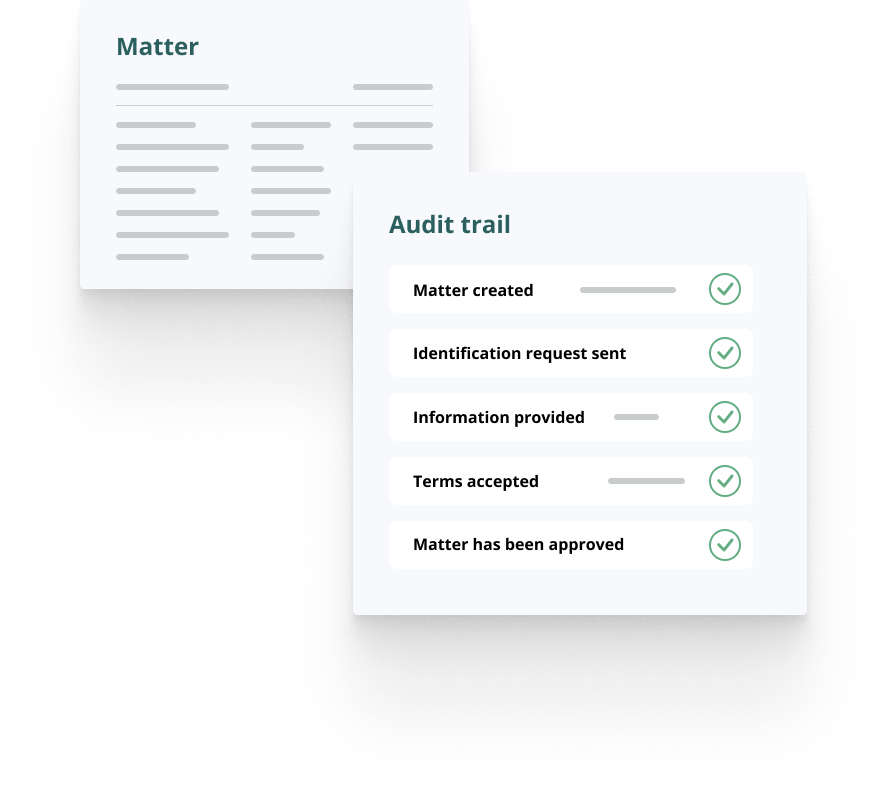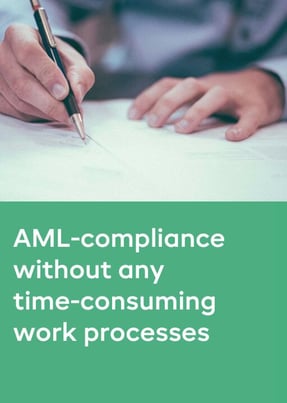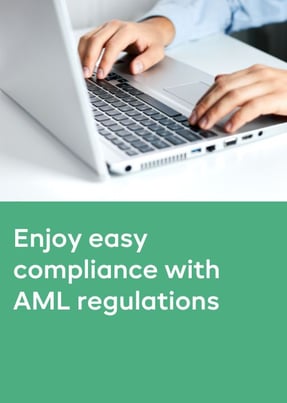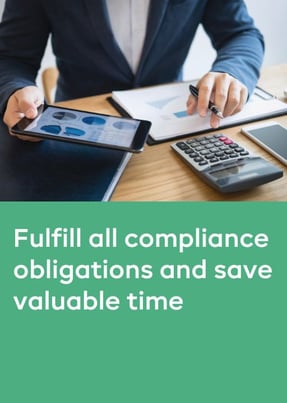- Products
- RegLab for ...
- Knowledge centre
Download the AML glossary >
 Discover the essential AML compliance terminology and gain instant access to a comprehensive guide
Discover the essential AML compliance terminology and gain instant access to a comprehensive guide - The company
Working at RegLab >
There may not be any vacancies that perfectly match your profile, but that does not mean there is no room for someone who can improve RegLab.
- Book a demo
Reports for the supervisor: prepared for an audit
Recording and reporting the AML process is very important, both for one's own records and for insight during an audit. As part of AML, it is important to have a proper process for recording and reporting the activities required by the law.
Reports for the supervisor
During an AML audit, the supervisor asks several questions. Think of 'How many AML matters relative to non-AML matters are there?', 'How many PEPs have been registered’, and ‘How often has enhanced customer due diligence been conducted?' Recording and reporting the AML process is becoming increasingly important. Not only for your own administration, but also for comprehensive insights during an audit.
A supervisor would like to have a quick overview and a clear understanding of the various components discussed during an audit. Not only the data itself is essential, but also making it comprehensible. Both office-wide and at matter level. Being able to easily run reports makes a supervisor happy.
If you work using a manual AML process, it can be a challenge to indicate exactly where the risks are and how they have been assessed. If you have no data available, then you cannot give substantiated answers either. Reports ensure that you provide a current and highly accurate status of your AML matters.
Want to print out an overview of AML matters and risk profiles at the press of a button during an audit? This is possible as soon as your AML matters are neat, digital, and structured. Not only to show how many AML matters you have and how they have been assessed, but also to show how you monitor them.
AML reports not only provide the necessary management information, but also help during an audit. Modern AML software such as RegLab's ensures that you quickly have insight into what the supervisor is asking for.
The role of supervisors during an audit
Who are we talking about when we talk about the supervisors, in short, who should you report to during an audit? This depends on which professional group you operate in.
During a visit, these supervisors mainly focus on compliance with the reporting obligation and conducting (enhanced) client investigations. To this end, they check your risk policy during an inspection. They also check whether you record the mandatory data and whether you report unusual transactions. If you fail to meet the AML obligations, AML supervisors can impose a penalty or fine. In very extreme cases, they will involve the public prosecutor for criminal prosecution. In sum, it is essential that you have the right information at hand and can quickly provide insight.
What do you need to show during an audit?
To comply with the supervisor's question on how you, as an office, determine whether a case falls under AML, it is important to consider the following items.
- Evaluate every single matter and record this analysis
The supervisor expects you to evaluate each matter individually. If you have not recorded your considerations, there is a chance that the supervisor will impose a fine or penalty. A report in which you quickly show what has been done, is an advantage. - Make sure the assessment is part of the AML office policy
It is crucial that you describe in the policy how you make AML considerations and based on which criteria. In a report, you then show, how you have tested and continuously monitored these considerations for each matter. - Change with the 'colour' of the file
The supervisor increasingly demands strict monitoring of all ongoing matters. During an audit, the supervisor wants to see that you constantly monitor when a matter changes colour and what you do to make an AML enquiry.
Reports in RegLab
The supervisor comes over for an audit. No need to panic! With just a few reports, you will convince the supervisor of your well-thought-out AML policy and its implementation. RegLab not only helps you record essential AML information and carry out inspections, but also helps you report. For instance, using an audit trail, you can quickly show, among other things:
- which matters are high-risk and what the follow-up actions were;
- what the status of pending matters and transactions is;
- the number of AML cases and the number of high-risk files;
- how to monitor matters on an ongoing basis;
- which PEPs are present.

Ready for an audit by the supervisor
Which questions a supervisor asks during an inspection can be found in our Knowledge Centre '100% AML proof'. Here you can read all about the nine topics that are covered during an audit.

Up-to-date AML files?
During an audit, the supervisor will look at how you administer your AML files. In this article, we explain which parts the supervisor checks and how you can keep your AML management up to date.





